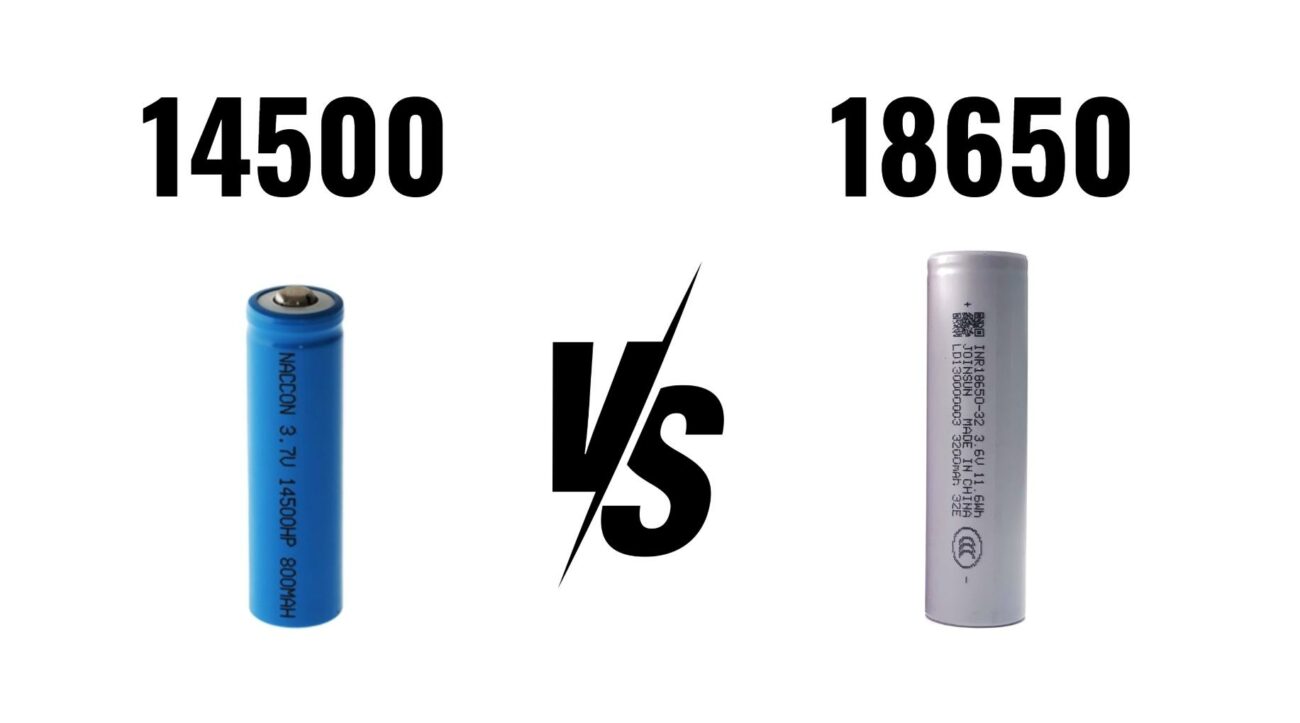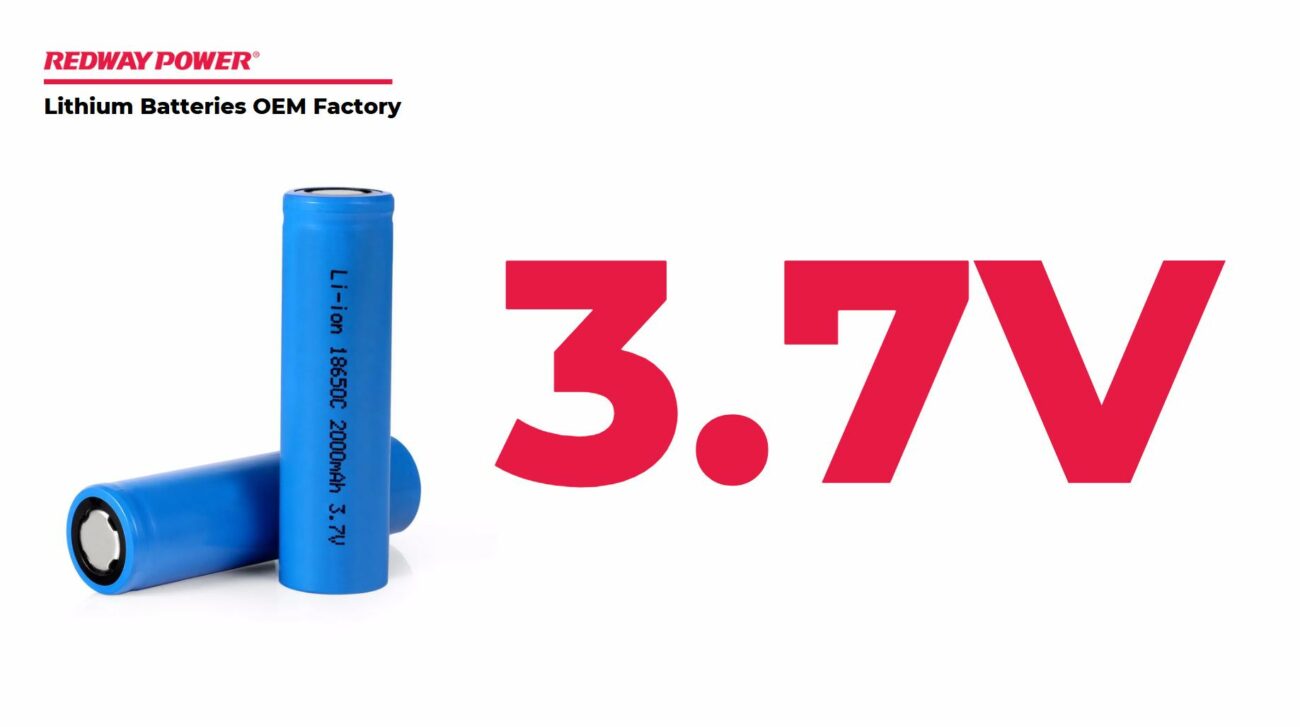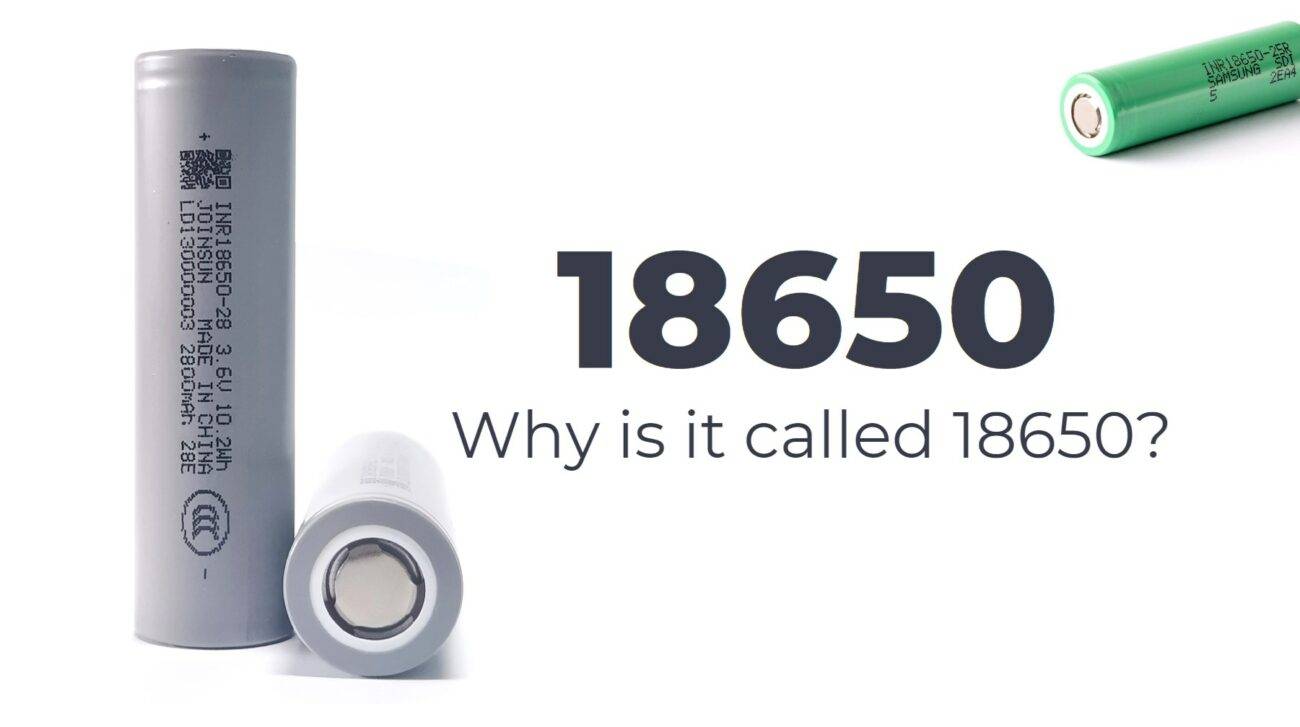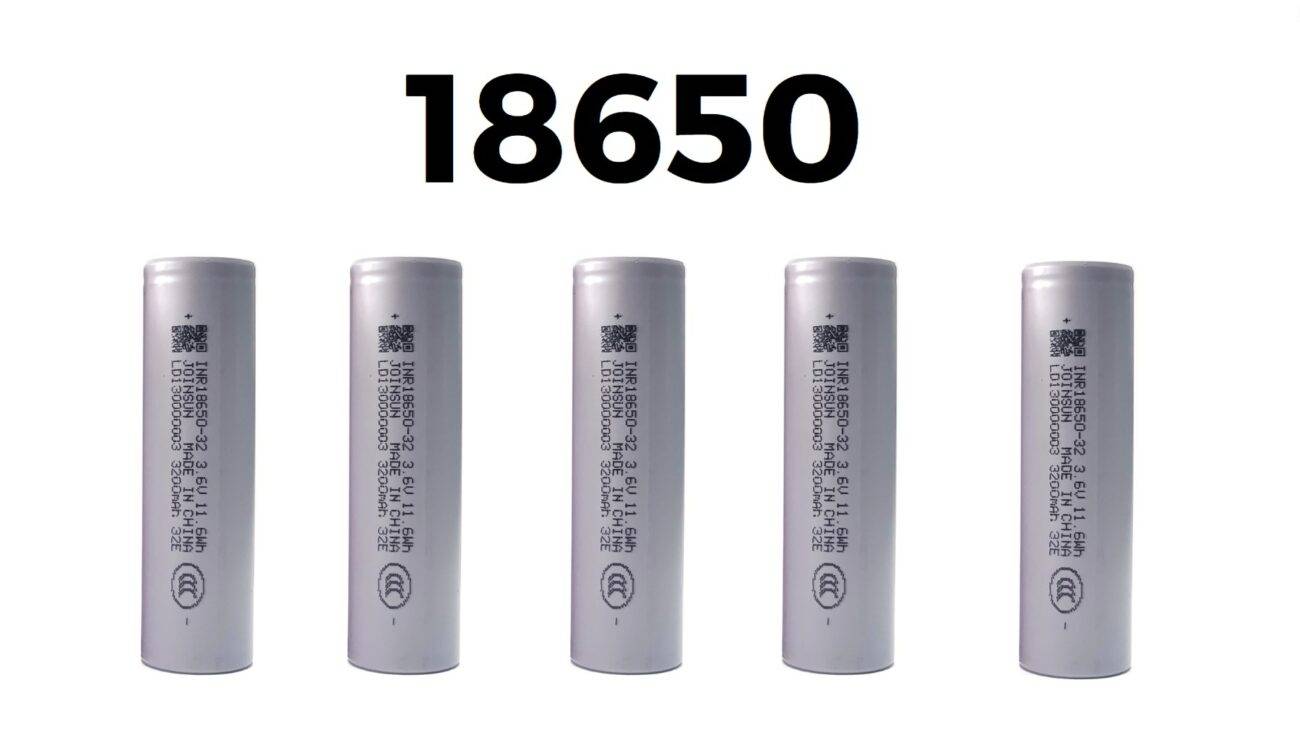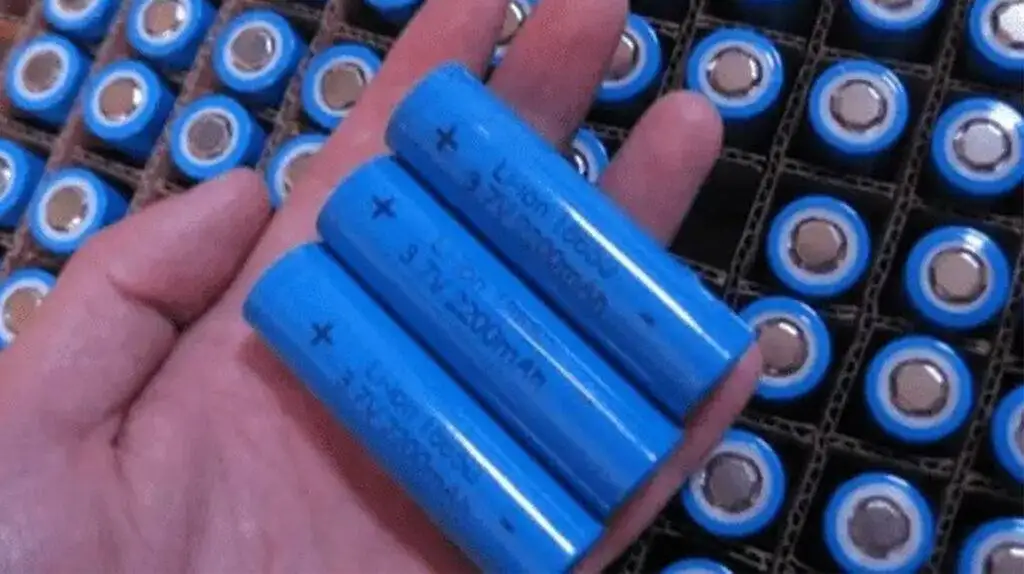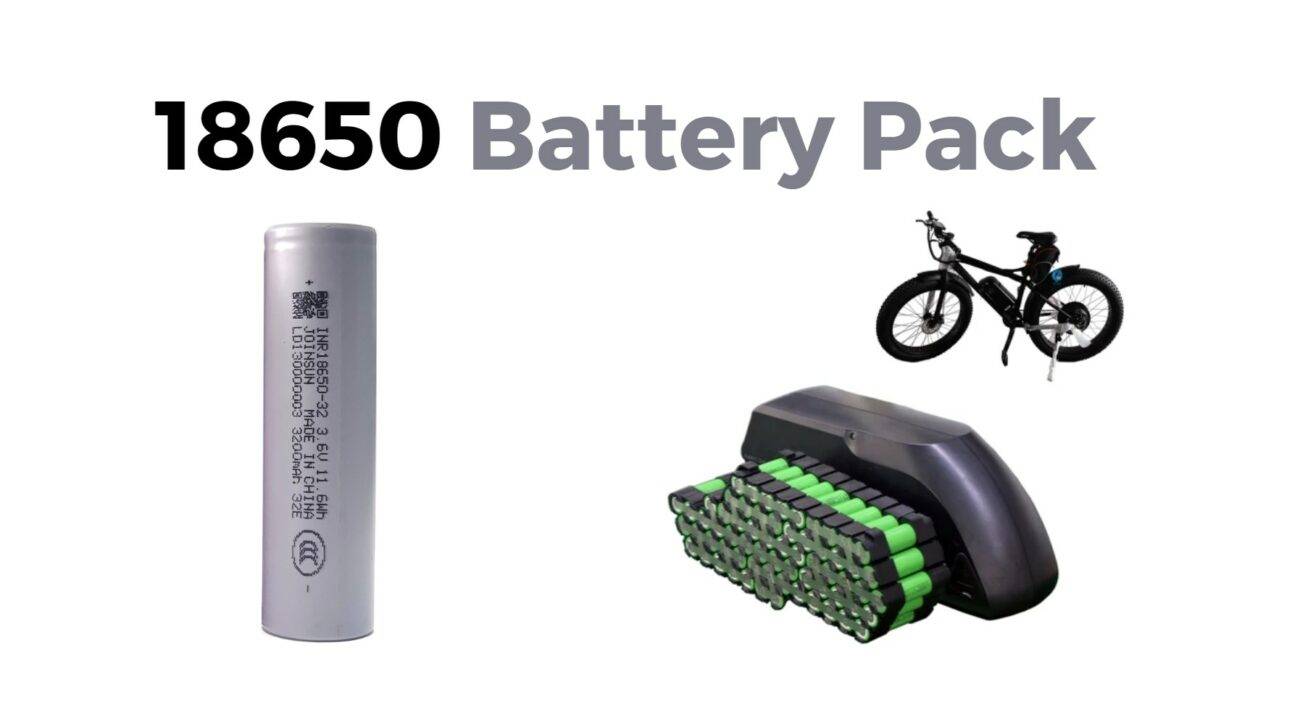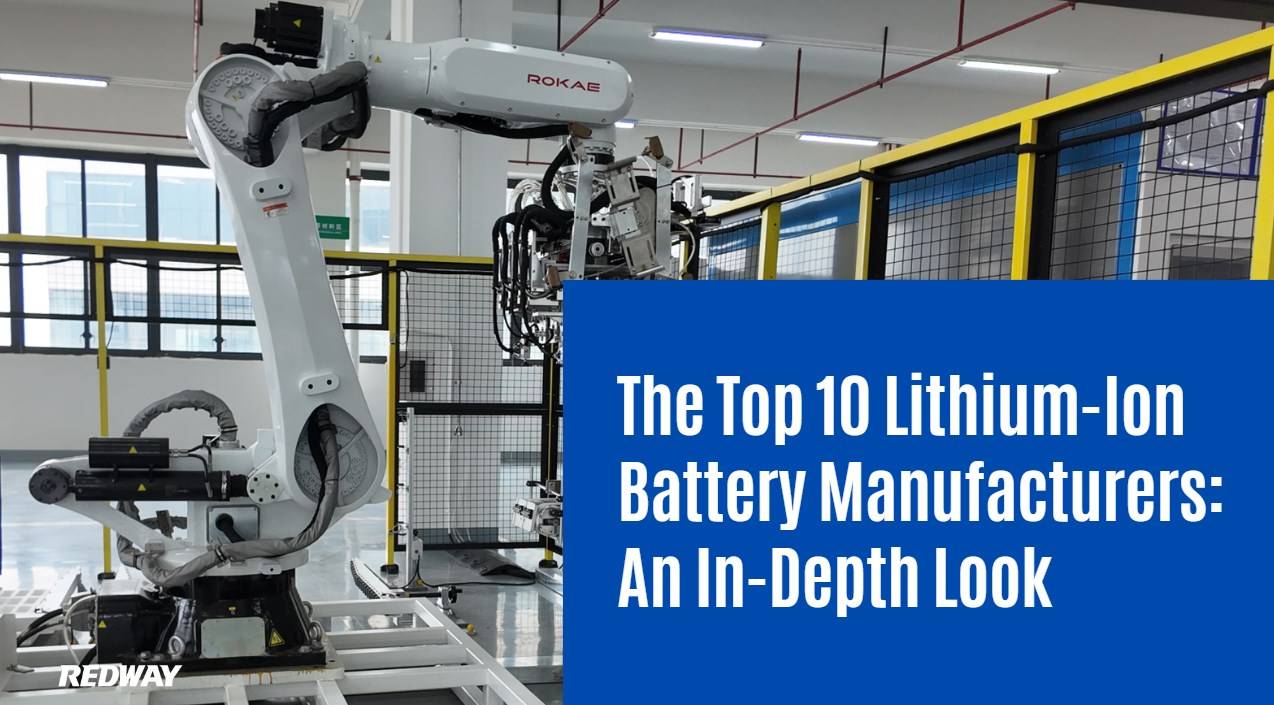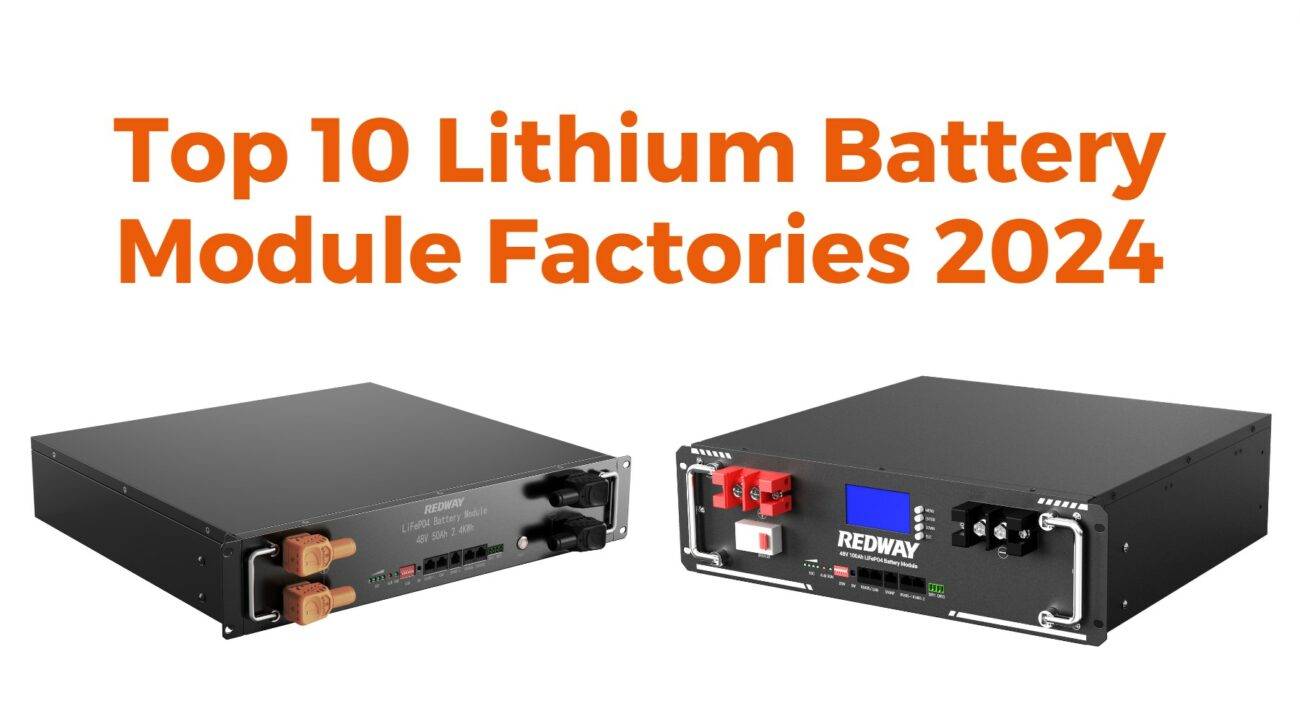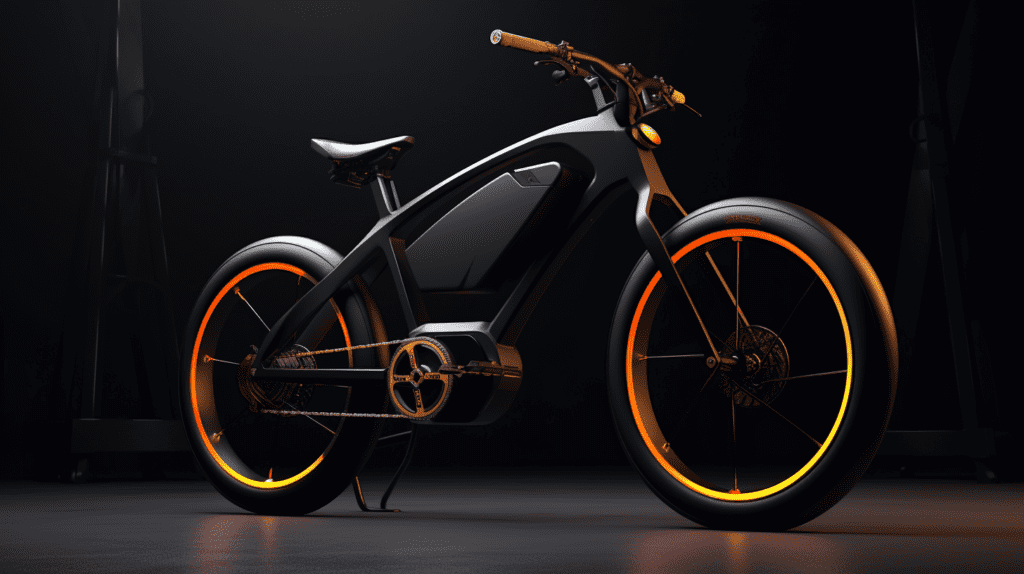Charging time is a crucial aspect of using 18650 batteries, widely used in various devices such as flashlights, e-cigarettes, and electric vehicles. Understanding how long it takes to charge these batteries and the factors that influence this time can help you optimize their performance and lifespan. This guide provides insights into charging times, factors affecting them, and best practices.
What Is an 18650 Battery and Its Characteristics?
The 18650 battery is a cylindrical lithium-ion rechargeable battery that measures approximately 18mm in diameter and 65mm in length. Key characteristics include:
- Nominal Voltage: Typically around 3.7 volts.
- Capacity Range: Common capacities range from 1800mAh to over 3500mAh.
- Chemistry: Most commonly lithium-ion, providing high energy density and efficiency.
Chart: Key Specifications of 18650 Batteries
| Feature | Specification |
|---|---|
| Diameter | 18mm |
| Length | 65mm |
| Nominal Voltage | ~3.7V |
| Capacity | Ranges from 1800mAh to 3500mAh |
How Long Does It Typically Take to Charge an 18650 Battery?
The charging time for an 18650 battery can vary based on several factors, including the charger used and the battery’s capacity. Generally:
- Standard Charging: Using a typical charger, it can take anywhere from 3 to 5 hours to fully charge.
- Fast Charging: With a fast charger, charging times can be reduced to 1 to 2 hours, depending on the battery’s specifications.
What Factors Affect the Charging Time of 18650 Batteries?
Several factors can influence how long it takes to charge an 18650 battery:
- Charger Type: The output current of the charger plays a significant role; higher current chargers will charge faster.
- Battery Capacity: Higher capacity batteries will naturally take longer to charge than lower capacity ones.
- Battery Condition: Older or damaged batteries may take longer to charge or may not reach full capacity.
- Temperature: Extreme temperatures can affect charging efficiency; batteries charge best at room temperature.
Chart: Factors Influencing Charging Time
| Factor | Impact on Charging Time |
|---|---|
| Charger Type | Higher output = faster charging |
| Battery Capacity | Larger capacity = longer charging |
| Battery Condition | Damaged batteries charge slower |
| Temperature | Extreme temps can slow charging |
What Are the Recommended Chargers for 18650 Batteries?
Choosing the right charger is essential for optimal performance:
- Smart Chargers: These chargers automatically adjust the voltage and current based on battery needs, providing safe and efficient charging.
- Dedicated Lithium-Ion Chargers: Ensure compatibility with lithium-ion chemistry for safety and effectiveness.
- Fast Chargers: If you need quicker charging times, look for chargers specifically designed for fast charging capabilities.
How Can You Charge an 18650 Battery Safely?
Safety is paramount when charging lithium-ion batteries:
- Use Compatible Chargers: Always use chargers designed specifically for 18650 batteries.
- Monitor Temperature: Avoid charging in extreme temperatures; ideally between 20°C and 25°C (68°F – 77°F).
- Avoid Overcharging: Ensure your charger has overcharge protection features.
Chart: Safety Tips for Charging
| Tip | Description |
|---|---|
| Use Compatible Chargers | Always use chargers designed for lithium-ion batteries |
| Monitor Temperature | Keep within safe temperature ranges |
| Check for Overcharging | Use chargers with overcharge protection |
What Are Best Practices for Maintaining Your 18650 Battery?
To extend the lifespan of your 18650 battery, follow these best practices:
- Regularly Check Voltage Levels: Use a multimeter to ensure your battery is within safe voltage limits (typically above 3V).
- Store Properly: If not in use, store batteries at around a 40% charge in a cool, dry place.
- Avoid Deep Discharges: Try not to let your battery discharge below its recommended level (usually around 2.5V).
Industrial News
The market for lithium-ion batteries, particularly in formats like the 18650, continues to grow as demand increases for electric vehicles and portable electronics. Recent advancements focus on improving energy density while enhancing safety features and reducing costs across different battery chemistries. Manufacturers are also exploring sustainable practices in battery production to meet environmental standards.
Redway Expert Insights
“Understanding how to properly charge and maintain your lithium-ion batteries is crucial for maximizing their lifespan,” states a Redway expert. “By following best practices and utilizing appropriate equipment, users can significantly reduce risks while enhancing performance.”
FAQ Section
How long does it take to charge an 18650 battery?
Charging typically takes between 3 to 5 hours with standard chargers; fast chargers can reduce this time to about 1 to 2 hours.Can I use any charger for my lithium-ion batteries?
No, always use a charger specifically designed for lithium-ion batteries like the 18650, as other chargers may not provide safe voltage levels.What should I do if my battery doesn’t hold a charge?
If your battery fails to hold a charge after proper maintenance and charging practices, it may be time to replace it.


